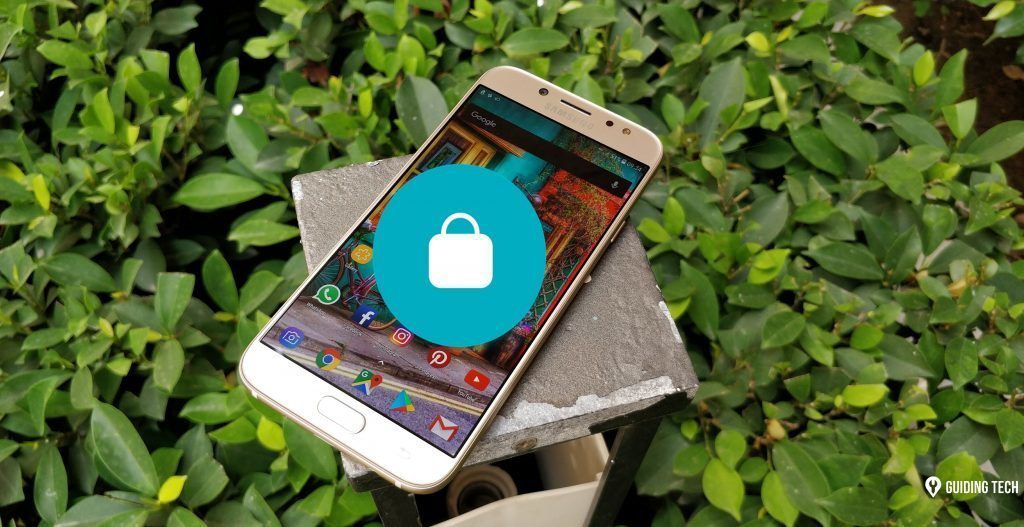However, with the advent of DSLRs and Point and Shoot cameras, most of us have gotten used to the Auto mode in these cameras. All you need to do is press the shutter button and the camera will do the job of adjusting the exposure levels, brightness, etc. But at the end of the day, the auto mode is not the answer if you want to explore the full potential of your camera. To do so, you’ll have to fully understand the basic concepts of photography and that includes Aperture, Shutter Speed, and ISO. In this post today, we’ll explain what is aperture and why is it important in photography.
What is Aperture?
Aperture is one of the three principal building blocks of photography and is responsible for controlling the amount of light that reaches the camera sensor. In a nutshell, the aperture decides how dark or bright a photo will be. More importantly, this factor also decides how much of an image shall stay in focus. Technically, aperture refers to the opening of the camera lens. A bigger opening means more light can travel to the sensor and thus a bright photo. On the other hand, a smaller opening will make the images dark. To put it simply, aperture alters the exposure of the image.
How is Aperture Calculated?
Aperture is generally calibrated in f/stops. The lower the f/stop, the wider is the opening and vice versa. Hence, a camera with an aperture of f/2.2 will capture more light than a camera with a narrow aperture such as f/5.6.
How Does Aperture Impact Depth of Field
Aperture doesn’t just affect the exposure of an image. It also affects the depth of field (DoF), a critical aspect of photography. In fact, DoF is one of the beauties of aperture. In a nutshell,
Low f/stop = Wide aperture = Shallower DoF = More blurHigh f/stop = Narrow aperture = Deep DoF = Sharper image
Thus, a wide aperture lens (like f2.8) is ideal for portrait photography where the object is kept in sharp focus and the background gently blurs away. Quite obviously, the reverse holds true. A narrow aperture (like f/8) is ideal for capturing landscapes and cityscapes where the background and foreground are in sharp focus.
How Does Aperture Impact Shutter Speed
Another area of impact is the shutter speed. Using a low f/stop means that there is more light entering and thus, the shutter needn’t stay open that long. On the other hand, a high f/stop translates into slow shutter speed.
How is Smartphone Aperture Different?
Unlike DSLRs, where we can manually adjust the aperture, shutter speed or the ISO, almost all smartphones have fixed aperture. Now, owing to the small area in a smartphone, the image sensor and the lens used are much small. Owing to the short focal length (smaller distance between the sensors and the lens) you get a broad field of view, hence, a much wide angle. So, instead of getting a blurry background, a smartphone camera will instead get you a clear and distinct background at the same aperture, even though it’s a wide aperture. That said, smartphone apertures are a lot different then DSLR apertures. For starters, you wouldn’t get the same level of finish or depth of field. A f/2.2 smartphone aperture is equivalent to f/8 -f/10 in a DSLR camera.
What About Dual Aperture on Smartphones?
Now, even phones have started experimenting with aperture. The Samsung Galaxy S9 Plus is the first smartphone to come with a dual aperture camera. It can switch between f/2.4 and f/1.5. Though it doesn’t switch in the auto mode, you can manually adjust it in the Pro mode. So, this was why aperture is important in photography. If you have any questions, do share them with us in the comments section below. The above article may contain affiliate links which help support Guiding Tech. However, it does not affect our editorial integrity. The content remains unbiased and authentic.















